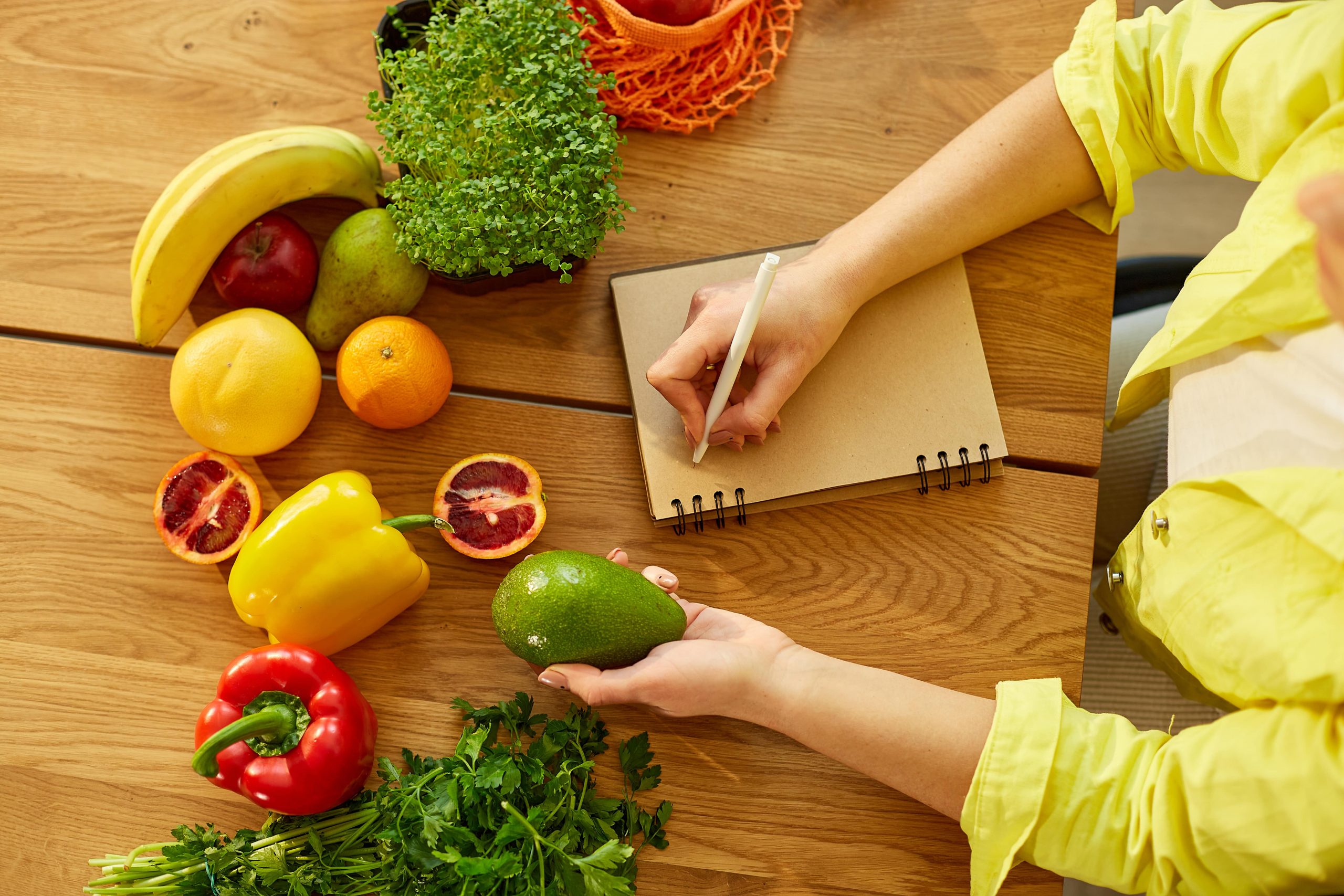An effective 3000-Calories Meal Planis ideal for people looking to rapidly gain weight. If you also have the same body goal, learn how to create this meal plan below.
The standard calorieneedsfor most individuals, particularly healthy ones, is usually 2000. However, some may require more or fewer amounts because of their age, gender, underlying conditions, or fitness goals. Achieving a 3000-calories meal plan can be challenging for some. Today, the focus is more on the underweight and the obese. Little attention is given to those wanting slightly more caloriesthat maintain a healthy weight. Underweights are sorted out with weight gainer supplements, and obesity is not given much consideration. Yet,it’sone of the main health concerns and a cause of many chronic diseases. So, what remains of the individuals with average requirements? They’ll have to take the initiative themselves and do what should be done to achieve their fitness goals. And that includes changing lifestyle and diet. Let’s see how you can create a 3000-calories meal plan that will work for you.
What is a 3000-calories meal plan?
A 3000 meal plan is somehow different from the normal meal we’re used to. While the other meal plans help you reduce the calories you consume, this meal plan consists of a high-calorie diet. It helps you to gain weight fast and build your muscles. Tuning into too many calories can be difficult, particularly if you’re a beginner. But we’re here for you. Our plan will assist you in getting as many calories as possible. Like any other nutrition plan, a 3000 calorie plan should have a balanced diet and meet your nutrients requirements. The plan should have plenty of protein, healthy fats, fruits, and vegetables.
Who needs the 3000 calorie meal plan?
The calorie needs differ in individuals. There are no specific criteria for selecting those who qualify or those who don’t fit inhis meal plan. Still, certain factors may determine whether the plan is safe for you or not. These determinants include;
Gender-Women tend to burn lower amounts of calories than men. So, men may need 3000 calories to plan more than women.
Height– tall people, will need more calories to maintain their weight.
Age-older people require fewer amount of calories compared to young individuals.
Activeness – active persons will need high calories to replace their lost energyin their difficult physical engagement.
What should you do when creating your 3000-calories meal plan?
Consult your nutritionist
Sometimes it’s easy to think you know it all, especially when it comes to eating habits. As much as you’re the one who knows your body better, you may need a nutritionist to guide you. Please approach them, explain your fitness goals, and allow them to advise you on the actions you need to take.
Choose your menu
Having a meal plan doesn’t mean you eat what you don’t like.Don’t force yourself into eating boring and tasteless foods because you’re trying to reach your calories goal.Decide what you love eating, and choose the recipes you’ll need for your breakfast, lunch, and dinner. Ensure your menu does not contain any ingredient that your nutritionist advised you to keep away from. Creating a menu will protect you from unnecessarily spending on fast foods and convenience foods.
Make sure you choose foods that are on season
Aim at having a long-term meal plan. So, ensure the foods you want for your 3000-calories are on sale. You can achieve that by looking at the store flyers, newspapers or get the information online. Do your research well to ensure you buy available foodsthat will not be difficult to get in the market. Vegetables and fruits are cheaper in their season. You can save some cash by buying what’s trending in the market.
Examine your pantry, refrigerator, and freezer
You’re starting a new diet journey. You may have to abandon unhealthy stuff. To avoid being tempted to snack on anything that’ll reverse your fitness goal, eliminate any inappropriate food. Also, check the expiry dates of the foods and ingredients that you already have. Look at the ones that are almost getting spoilt, and check recipes that use those foods and ingredients. Please make sure you start your meal plan with them before they lose their freshness.
Avoid recipes that need complicated ingredients
Some recipes may need ingredients that you may not have.How much is the ingredient? Is it available in small amounts or only sold in big packages? Is it so necessary, or can you replace it with something else? Not all ingredients are worth your money. So, only buy an ingredient that you cannot do without.
Learn to use leftovers
Using leftovers doesn’t mean you eat spoilt foods. Leftovers can save you time and money and help you maintain a meal plan.Make sure you observehygiene to prevent your food from getting bad. Again, don’t let the left overstay for too long.
What about the tools and resources you’ll need?
Technology has made everything easier, and you don’t have an excuse for not being organized. Various apps can help you create your meal plan and connect you to other individuals sharingthe same goals as you. Moreover,it’ll act as a reminder. These apps will send you hundreds of notifications; make sure not to uninstall because you’re annoyed with their endless messages. They also allow the user to planaccording to weight goals, food allergies, dislikes, and the number of meals they want.You’ll also need a support system around you. It could be friends, family, your nutritionist, or anyone who shares the same goal with you. They’ll help you reach your goal faster.
How should a 3000-calories meal plan look like?
It’s easy to get 3000 calories by simply consuming highly processed foods like fried foods, fast food, sugary foods and drinks, and refined carbs. Yet these types of meals lack important nutrients for your health. So avoid them.The goal is to add weight healthily, so your meal should contain;
- Animal-based proteins like salmon, chicken, whole eggs
- Plant-based proteins like peas
- Grains like oats, rice, bread
- Dairies like milk and Greek yogurt
- Fats and oils like almonds, walnuts, flaxseeds
- Fruits like avocados, berries, apples, bananas, pears
- Vegetables like sweet potatoes, peas, kales, peppers, broccoli, tomatoes
Conclusion
Calories are needed in the body. Achieving your health and fitness goals will need commitment and consistency. A High-calories plan requires you to avoid unhealthy foods and stick to healthy varieties. But that doesn’t mean you stick to a boring and repetitive meal plan that’ll discourage you from maintaining the diet. Try to get creative, and build an eating habit that’ll lead you to a healthy destination, but with an interesting journey.
Credits
We would like to thank the below contributors who have helped us to write this article:
Leftovers can save you time and money
- Learn to Enjoy Self-care Routine - September 21, 2023
- Jonathan Aufray’s Story - July 29, 2023
- From Public Housing To Ivy League: The Inspiring Journey of Crystaltharrell.com and its Founder - June 7, 2023









